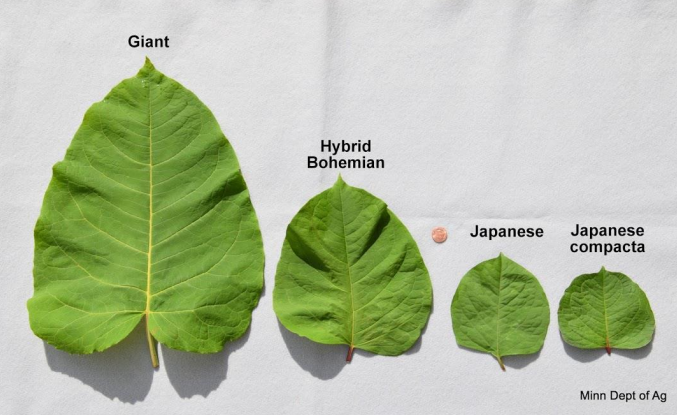JAPANESE KNOTWEED OR NOT?
A GUIDE TO IDENTIFICATION
You may well be aware of the infamous Japanese Knotweed (reynoutria japonica or fallopian japonica) which has been causing headaches for homeowners up and down the U.K. If not, you should visit the Japanese Knotweed Agency Gallery here and see what Japanese Knotweed looks like through the 4 seasons to help you easily identify the dreaded weed at the earliest opportunity. And there’s a whole load of real-life photos taken by the Agency Surveyors across the UK, to give you a feel of how rampant this weed is and how it can literally grow anywhere.
Japanese Knotweed is believed to account for 98% of the Knotweed in the U.K. There are, however several other varieties at large in the British Isles.
Lesser Knotweed:
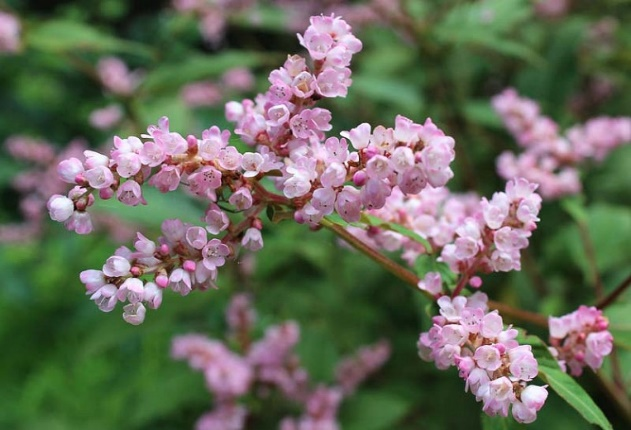
Known, confusingly, by several different names (Persicaria campanulata, Polygonum campanulatum, Polygonum campanulata, Reynoutria campanulatum), lesser Knotweed is not as invasive as other varieties, but is still a vigorous plant. Rarer in the U.K. than other species, it is more likely to be found in Scotland and Northern Ireland.
Plants grow to a height of 2-3ft (60-90cm). The stems do not exhibit the familiar “zig-zag” pattern of its cousins.
Leaves are elongated, rather than heart-shaped, and vary considerably in size, displaying a “herringbone” pattern of grooves and sometimes reddish veins. The underside is paler, with fine white hairs.
Around mid-summer, tiny white or pale pink, bell shaped flowers appear in loose clusters.
Dwarf Japanese Knotweed:
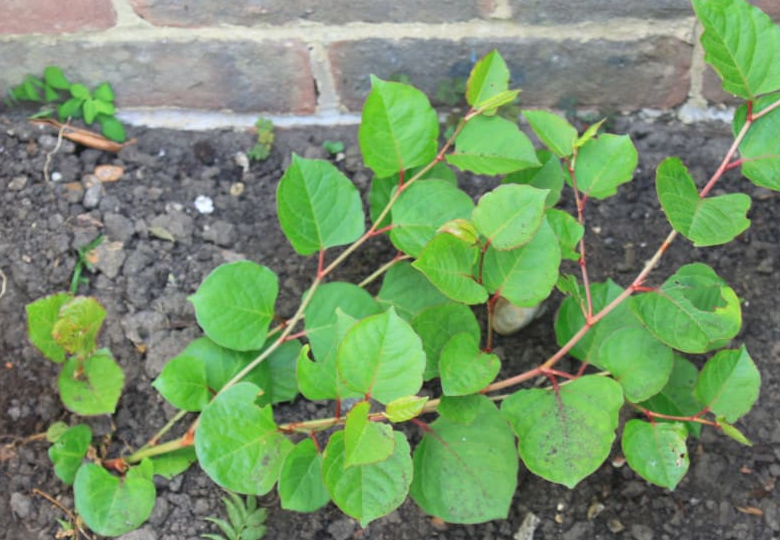
Dwarf Japanese Knotweed, (Reynoutria japonica Houtt, Polygonum pictum, Polygonum compactum, or Polygonum reynoutria), as the name suggests, is a smaller form of Japanese Knotweed, rarely growing to more than 3ft (1m). Although less invasive than standard Japanese Knotweed, this dwarf variety is present as both male and female plants so may set viable seed and lead to further hybridisation.
Usually appearing in late spring, its leaves are darker and more variable in form than japonica. Lacking the distinctive “heart” shape, they are more oval, with wavey edges and a leathery texture.
Stems display the distinctive “zig-zag” pattern and reddish colouration of its larger relative.
White or pale pink flowers appear in late summer, forming upright spikes which can darken towards red as they mature.
Himalayan Knotweed:
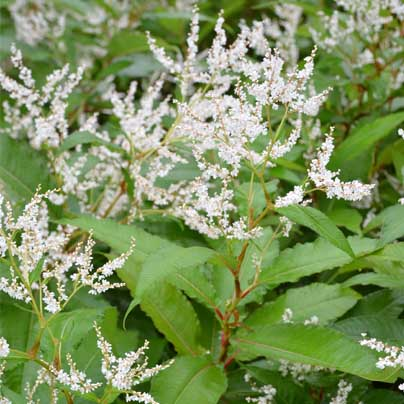
One of Britain’s rarer Knotweeds, Himalayan Knotweed, (Persicaria wallichii, also known as Aconogonum polystachyum, Reynoutria polystachia, Persicaria polystachya, Polygonum wallichii, or Polygonum polystachium) is most likely to be found in southwestern England. Although sometimes mistaken for lesser Knotweed, Himalayan Knotweed is much taller, rapidly growing to 6ft (1.8m). It is a hermaphrodite and can self-fertilise, leading to greater invasive potential.
Leaves are darker and more elongated than those of Japanese Knotweed, typically 4-8in(10-20cm) in length and tapering to a sharp point. Leaf shapes vary, some tapering to the base and others forming a more heart-shaped lobe.
The zig-zagging stems are hairy, and although some stems show a familiar pinkness, they are more likely to be green. A distinctive feature is the brown sheaf which is retained at the base of the leaf stem.
Himalayan Knotweed flowers between mid-summer and late autumn, producing white or pale pink blossom in open clusters around 8-14in (20-35cm) in length.
Giant Knotweed:
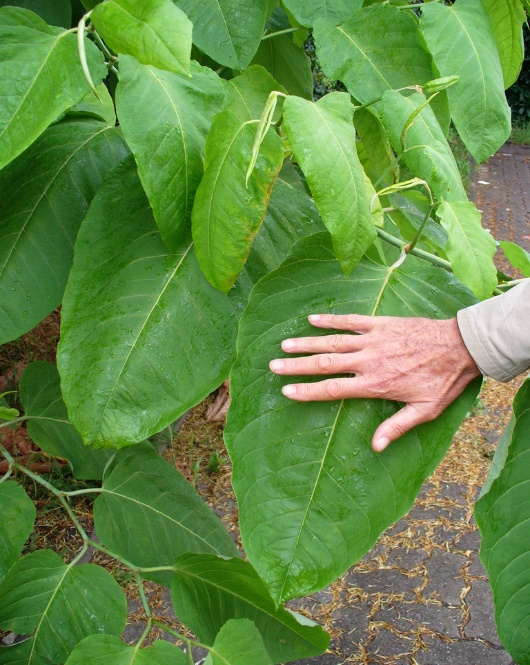
Closely related to Japanese Knotweed and broadly similar in appearance, Giant Knotweed (Reynoutria sachalinensis), is, as one might surmise, a much larger variety than its more common relative, growing 13-16ft (4-5m) high. It has a shorter growing season than japonica, appearing later in the spring and dropping its leaves earlier in the autumn. Male and female plant are present in the U.K. and Europe, meaning that this variety can spread by seed dispersal as well as via the rhizome.
Leaves are much larger than japonica, reaching 16in (40cm) long and 11in (27cm) wide, but retain an elongated “heart-shaped” form. They are wrinkled around the edges and have white hairs on the underside.
Dense clusters of creamy flowers appear in late summer and early autumn.
Bohemian Knotweed:
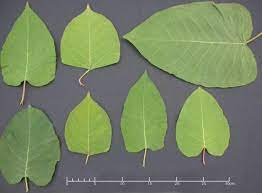
Bohemian Knotweed, (Reynoutria x Bohemica) is a hybrid of Japanese Knotweed and giant Knotweed which has only been classified as a separate species in recent decades. Bohemica grows to an average 8-10ft (2.5-3m), but sometimes reaches 13ft (4m). Both male and female plants have been seen in Britain and Europe. This means that bohemica can fertilise and set seed, potentially making it more invasive than the infamous japonica.
Leaves are larger than Japanese Knotweed, reaching 10in (25cm) long and 7in (18cm) wide. They retain the familiar heart shape, but are a darker shade of green and more crinkled in appearance.
Flowers appear in late summer and early autumn, and are pale green or creamy white.
If you are unsure whether the suspect plant or weed is indeed Japanese Knotweed of a kind, you can submit a photograph to us here at the Japanese Knotweed Agency and one of our surveyors will assess and confirm whether it is or isn’t Knotweed, typically within just a few hours. Use our free identification service here.


